
gun safe | Biometric weapon safe
תוכן העניינים
Why is a gun safe needed?
-
Safety: Prevent unauthorized access, especially children and teenagers.
-
Protecting the gun from theft.
-
Compliance with legal regulations regarding weapon storage (if any).
Different types of gun safes
- Small personal safes: suitable for one gun, ideal for home use with quick access.
- Biometric safes: allow quick access using a fingerprint or hand scanner.
- Safes with a combination lock or digital code: provide high security and require a code for access.
- Safes with a mechanical lock: based on a combination of locks that provide resistance to burglary.
- Wall/floor safes: Installed directly into the wall or floor and provide increased security.
Factors to consider when choosing a safe
- Security level: resistance to burglary, ability to withstand heavy tools and burglary methods.
- Safe dimensions: Adapt to the size of the gun and additional needs, such as ammunition or additional accessories.
- Quick access: Examining locking systems that allow for quick retrieval in emergencies.
- Fire and water resistance: If it is necessary to protect the gun in the event of a fire or flood.
- Budget: The price range of safes can be wide, and it is worth adjusting the budget to personal needs.
Advanced features
- Advanced biometric systems: fingerprints/use of facial recognition technologies.
- Connection to alarm systems: Alerts in the event of a break-in or unauthorized access.
- Interior lighting: Allows easy access at night.
Examining the location at home
- The safe is located in an accessible but discreet location.
- Consider installing it on a wall or floor for additional reinforcement.
Maintaining periodic maintenance
- Checking the locking system and the integrity of the safe.
- Change the access code every so often for increased security.
In the State of Israel, the laws regarding the installation of a gun safe are set by the Israel Police and the Ministry of Public Security, and are intended to ensure the safe and responsible storage of personal weapons. Below are the main requirements:
Obligation to keep a safe
- Anyone who owns a privately licensed firearm is required to keep it in a designated safe when not in use. This requirement is intended to prevent unauthorized access, especially when there are children or visitors in the home.
Location of the safe
- The law requires that the safe be placed in a permanent location in the license holder's residence. The safe should be hidden and out of sight, to reduce the risk of theft or unauthorized access.
- In some cases, the safe can be installed in the vehicle, but it must be installed permanently and not easily dismantled.
Types of safes required
- Standard safe: The safe must meet certain standards, and it is recommended to purchase a safe that is approved by the Ministry of Public Security or by the Standards Institute of Israel.
- Double locking or biometric locking: Many safes require an advanced locking system. Safes with a biometric lock or code lock are considered advanced security measures. However, if the safe has a standard opening system, the law requires that it be made inaccessible.
Additional instructions and security guidelines
- The safe key or opening code should be kept in a safe place and not disclosed to unauthorized persons.
- It is recommended to store only the weapon itself in the safe, not ammunition. In cases where it is necessary to store ammunition, it should be stored separately and in another safe place.
Supervisory and enforcement inspections
- The Israel Police sometimes conduct inspections to check that weapons are stored in accordance with the law and to ensure that the required security conditions are indeed maintained.
- Failure to comply with the requirements of the law may lead to sanctions, including revocation of a firearms license.
Additional recommendations
- Beyond legal requirements, it is recommended to make sure that the safe is resistant to break-in attempts and uses strong locking systems.
A safe approved by the Ministry of Public Security in Israel is a safe that has been tested and found suitable for storing personal weapons, in accordance with specific safety and security requirements aimed at preventing unauthorized access to weapons. These are the main characteristics of safes approved by the ministry:
Standards
- A safe approved for storing weapons must meet certain standards that ensure its strength and resistance to burglary. In Israel, many safes are adapted to a European standard (such as EN 1143-1) or another standard approved by the Standards Institute of Israel, according to the requirements.
Locking systems
- The safe is required to include an advanced locking system such as a high-quality cylinder lock or biometric lock, which allows controlled access only to the weapon holder.
- Approved safes sometimes also include dual locking mechanisms, in which several types of locks must be combined (for example, a combination code lock with a key lock).
Building materials
- Safes must be made of strong and durable materials such as thick steel, with an emphasis on preventing drilling or forceful breaking. The thickness of the safe walls and safe door may be part of the Ministry of Homeland Security requirements.
Size and content
- The safe should be of a size that allows for safe storage of the weapon and sometimes also the ammunition, in accordance with the Ministry of Homeland Security guidelines.
- For a personal gun, the size of the safe can be relatively compact, as long as it meets security and strength standards.
installation
- Approved safes are required to be installed in a permanent location in the home or vehicle. Sometimes the guidelines include the need to secure the safe to the wall or floor to prevent it from being easily moved or broken into.
These safes are provided by suppliers recognized as approved for the supply of gun safes, and they usually also include labels and details indicating that they meet the required standards.
Biometric gun safes are equipped with fingerprint or facial recognition technology for quick and secure opening. Key benefits include:
-
Speed of access: Allows immediate access to the gun in an emergency.
-
High security: Only authorized users can open the safe.
-
Convenience: No need to remember codes or look for keys.

Types of gun safes:
Safes with a digital code: require entering a numeric code to open.
Safes with a physical lock: based on keys or mechanical locks.
Safes with a command code system: allow access using a separate code and in some cases also using cards or duplicate keys.
The law in the State of Israel:
According to the Israeli Firearms Regulation Law, there are specific requirements regarding the storage of guns:
-
Storage: Guns must be stored in a safe with a high-quality locking mechanism that is resistant to burglary.
-
Certified safe: The safe must be certified according to a standard set by the Ministry of Defense.
-
Security: The safe should be attached to a permanent location to prevent it from being easily removed.
For details about a biometric safe, click on the image below.
Summary:
A biometric gun safe provides fast and secure access through advanced technology, while other safes offer different solutions depending on needs and security threats. In Israel, there are strict requirements to ensure secure storage of guns.
For details about a biometric safe, click on the image below.
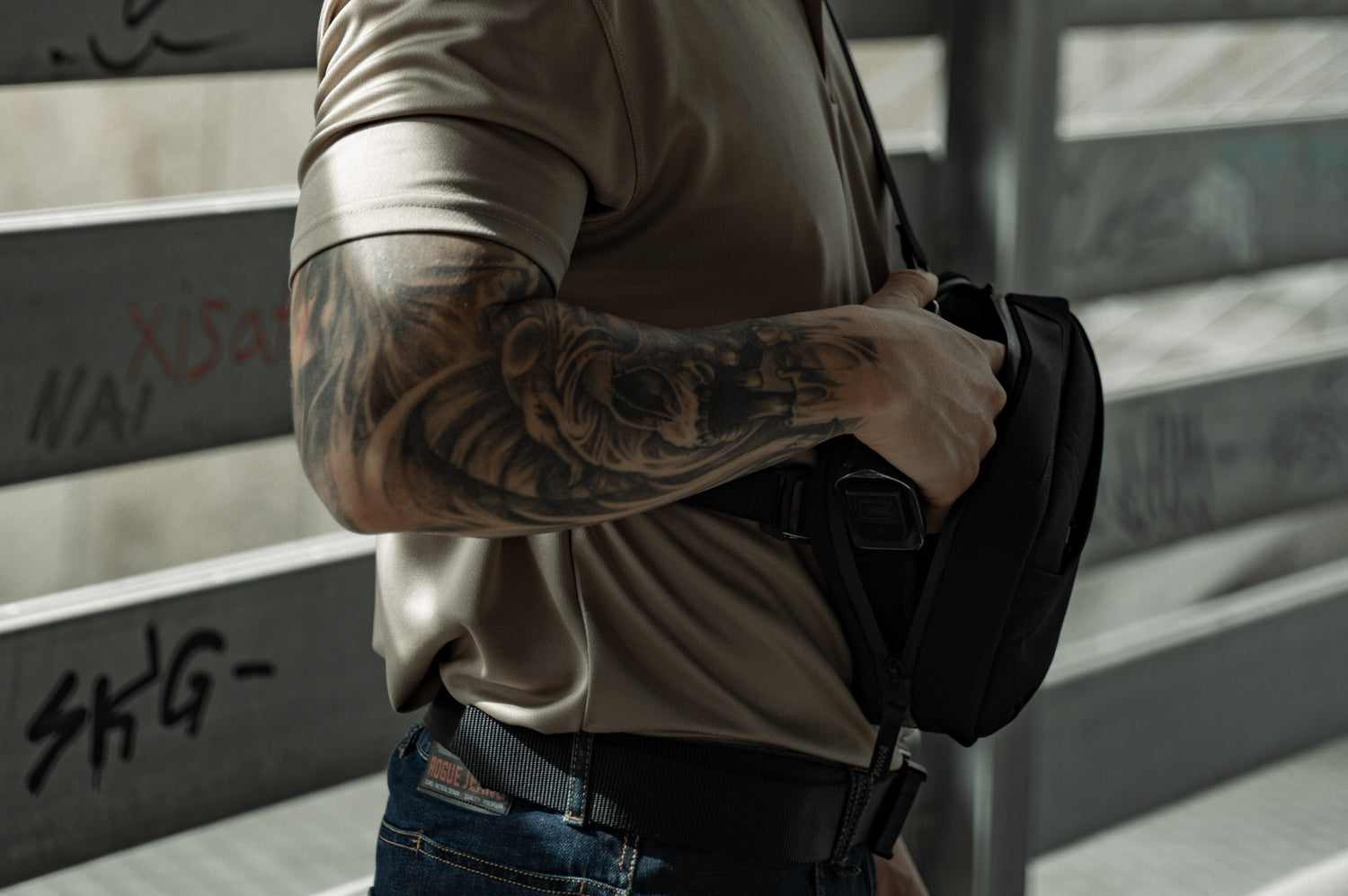


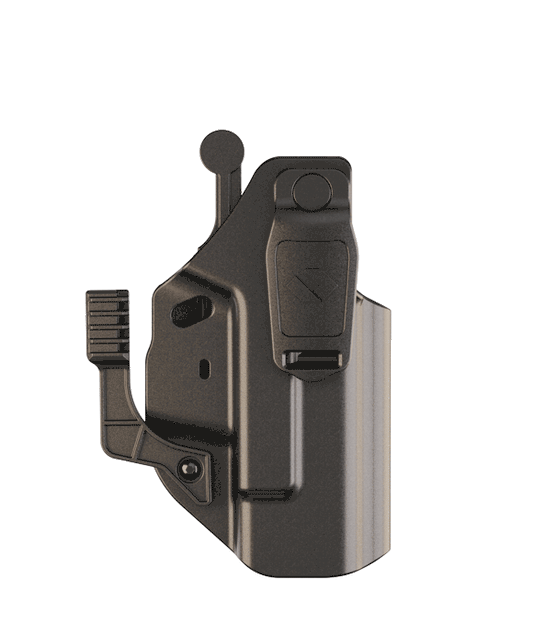



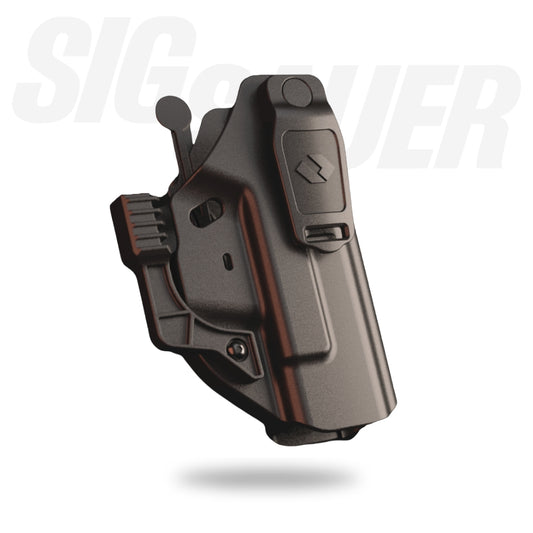
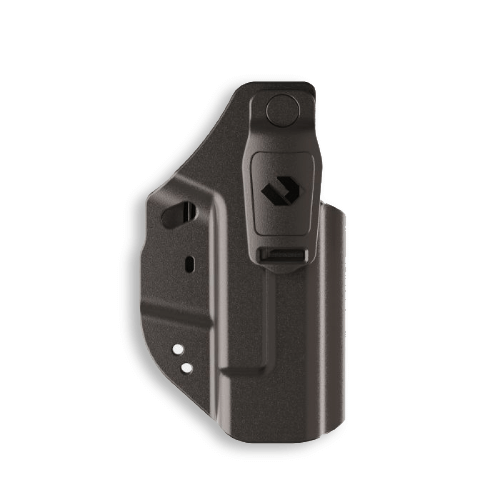
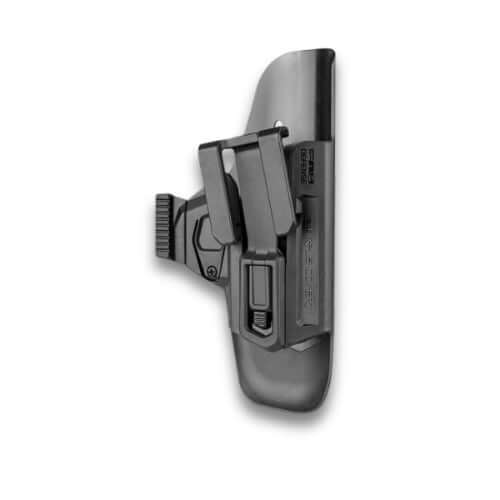

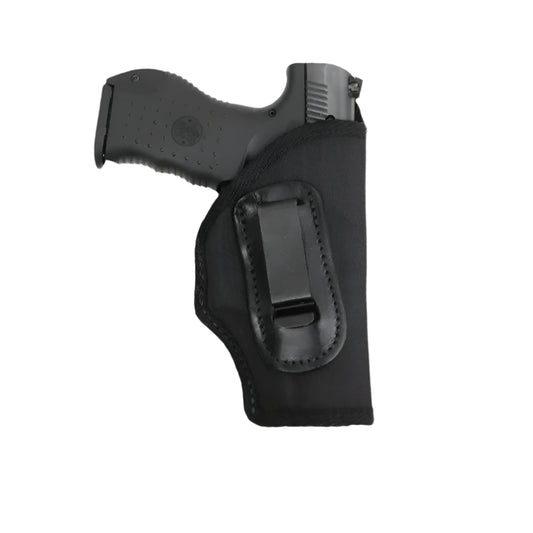

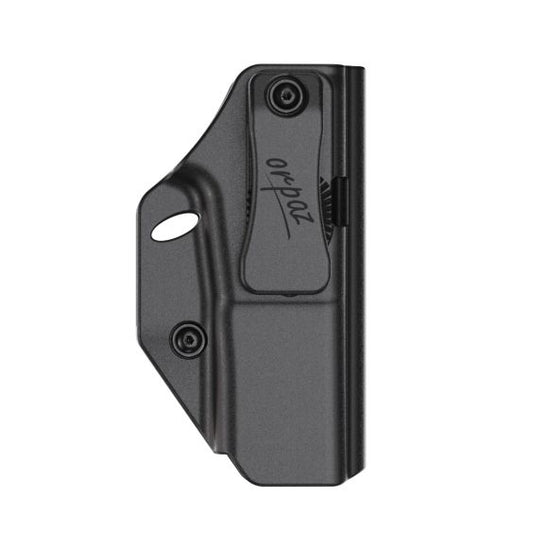
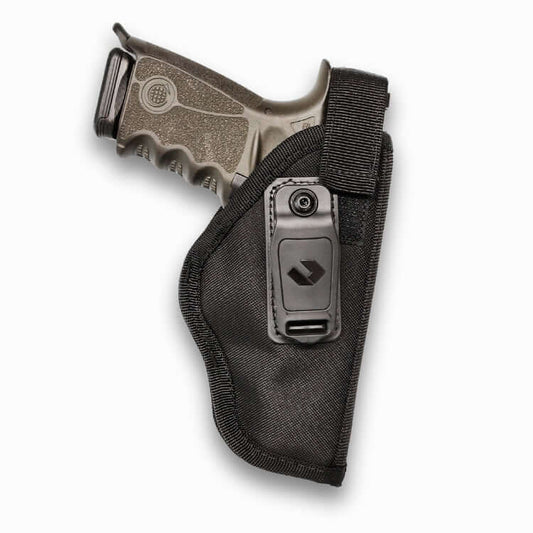
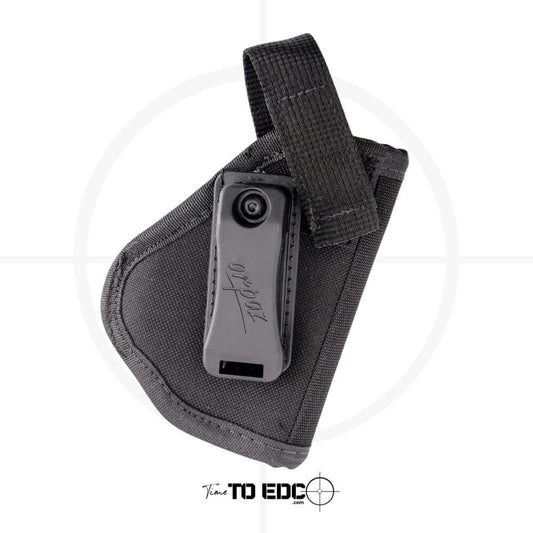
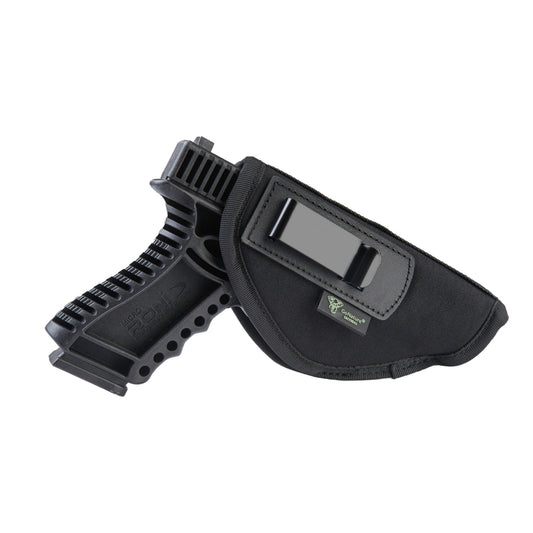
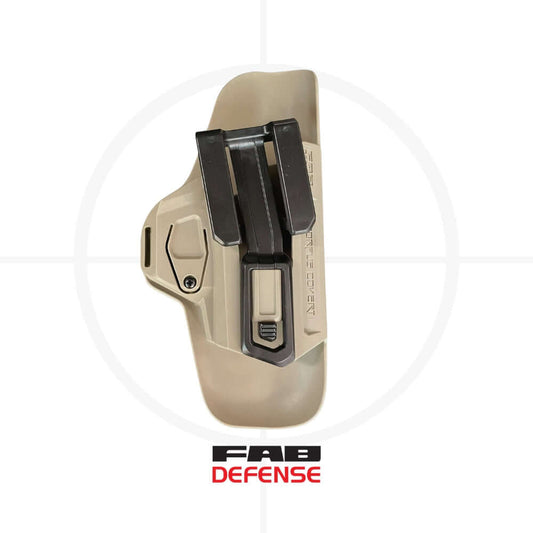
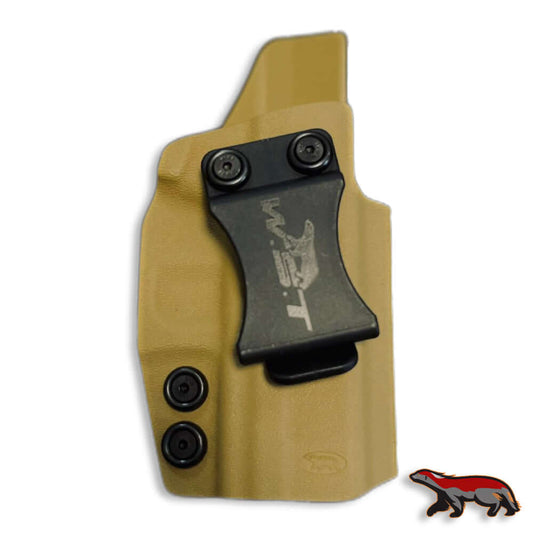
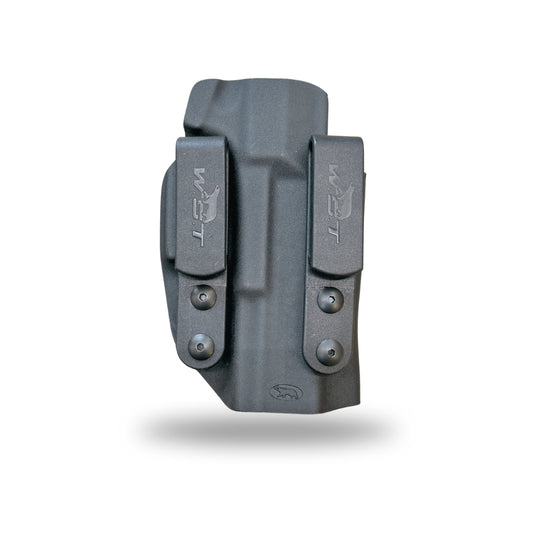
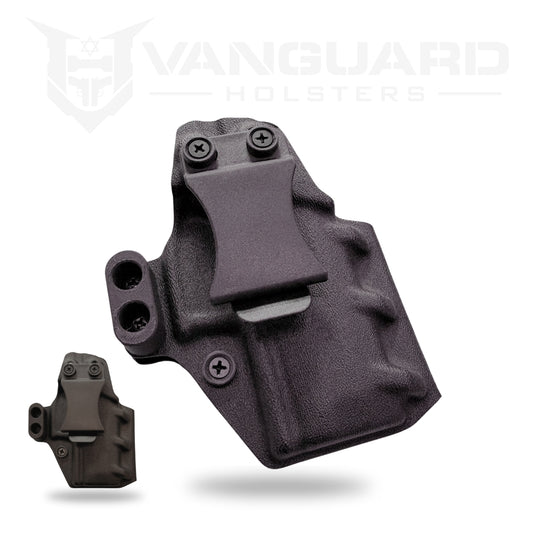
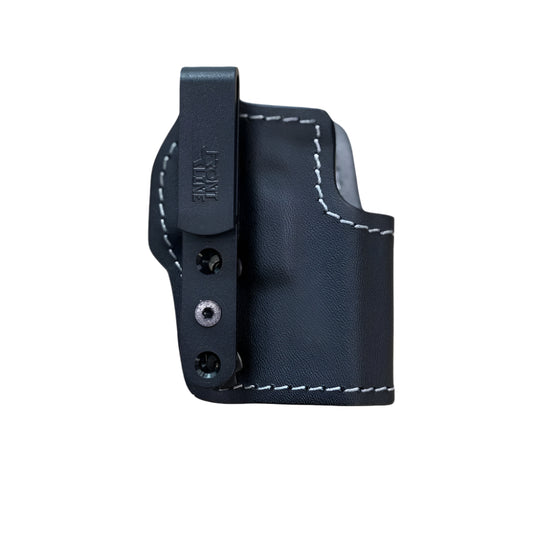
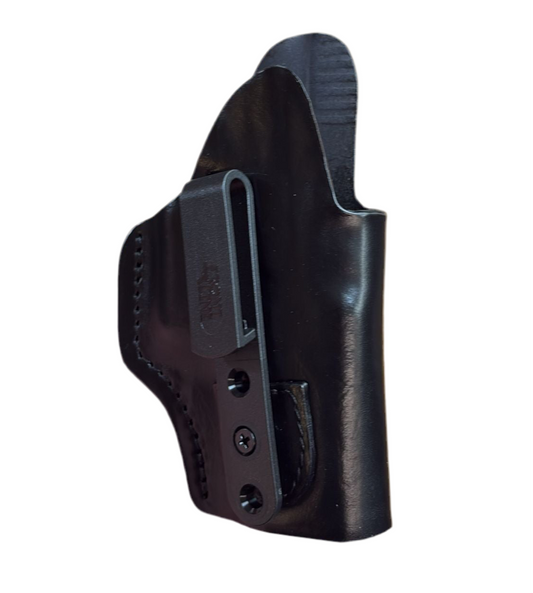
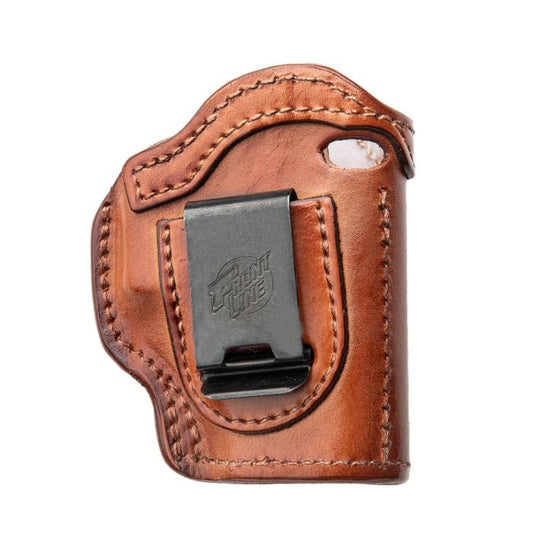
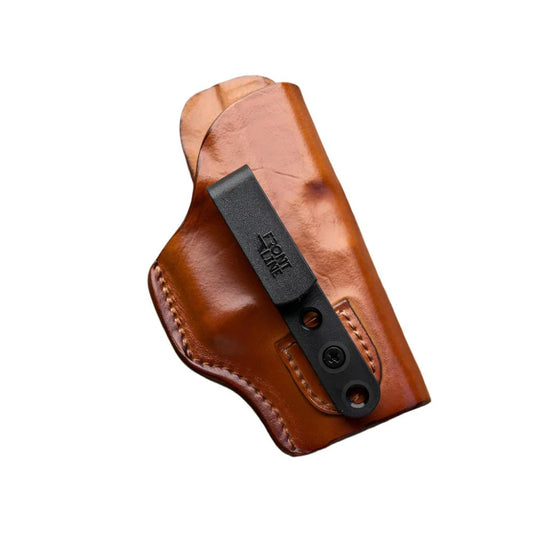
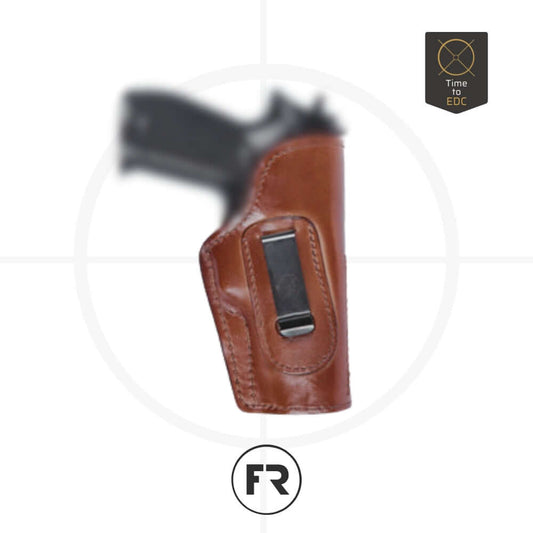

השאירו תגובה
1 Comment
כתבתם שעל פי הנחיות הרגולציה הכספת צריכה להיות מאושרת לפי תקן שנקבע על ידי משרד הביטחון.
האם יש אישור של משרד הבטחון שהכספת אכן מאושרת?